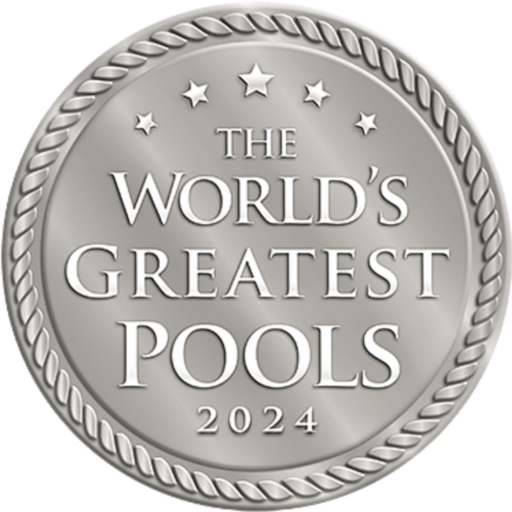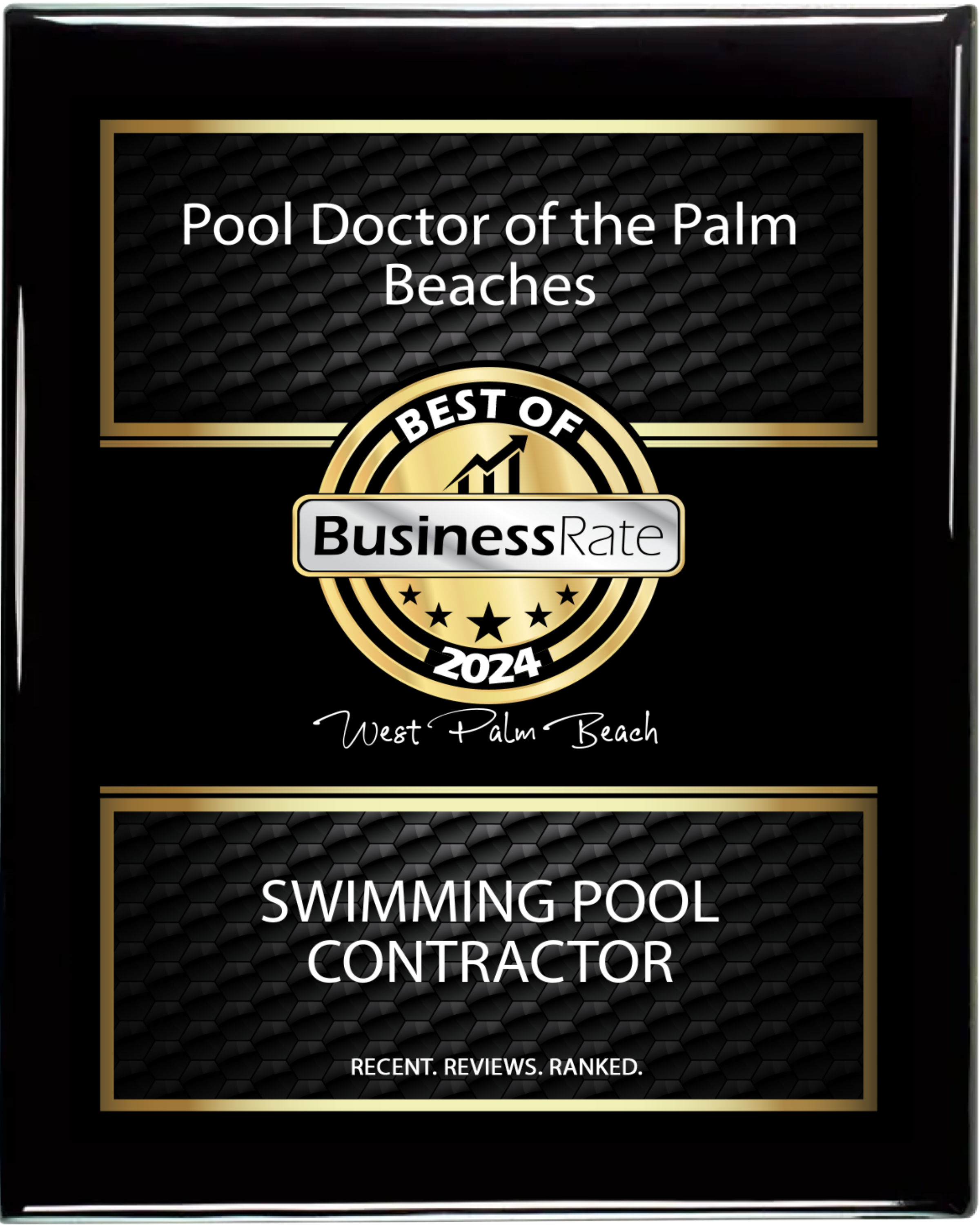A spool might be your ideal solution if you want both pool and spa features but have limited space and budget. These compact hybrids (10-16 feet long) offer adjustable temperatures, powerful jets, and year-round usability while requiring only 100-300 square feet of yard space. You’ll spend less than a traditional pool ($20,000-$40,000) but get more functionality than a standard spa. Understanding the specific features and requirements will help determine if this versatile option suits your lifestyle.
Key Takeaways
- If your yard space is limited (100-300 square feet), a spool offers both pool and spa benefits in a compact design.
- Cost-conscious homeowners can save money compared to traditional pools while maintaining luxury features and functionality.
- Year-round versatility allows for both heated spa-like relaxation in winter and cool swimming during summer months.
- Exercise enthusiasts benefit from resistance swimming and hydrotherapy options with adjustable jet strength settings.
- Property value increases with a 70-85% return on investment, particularly appealing in urban areas with limited outdoor space.
What Exactly Is a Spool? Defining the Hybrid Pool-Spa
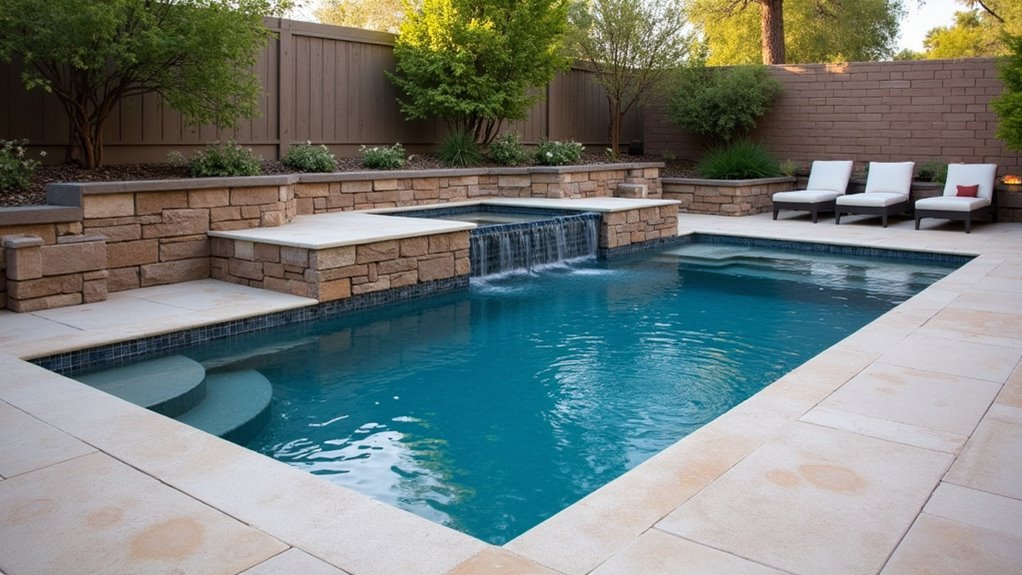
A spool combines the best features of a swimming pool and spa into a compact, versatile water feature that’s typically 10-16 feet long and 6-8 feet wide. The spool definition centers on its dual functionality: you can heat it like a spa for relaxation or keep it cool like a pool for exercise and recreation.
Key spool features include adjustable temperature controls, powerful jets for hydrotherapy or resistance training, and bench seating for comfort. You’ll find that most spools are deeper than traditional spas but shallower than standard pools, usually maintaining a depth of 4-5 feet. With their smaller footprint, spools fit easily in urban yards while offering energy-efficient operation. Modern designs often incorporate smart controls, allowing you to adjust settings via smartphone for temperature, jet intensity, and lighting.
The Space-Saving Advantage of Spools
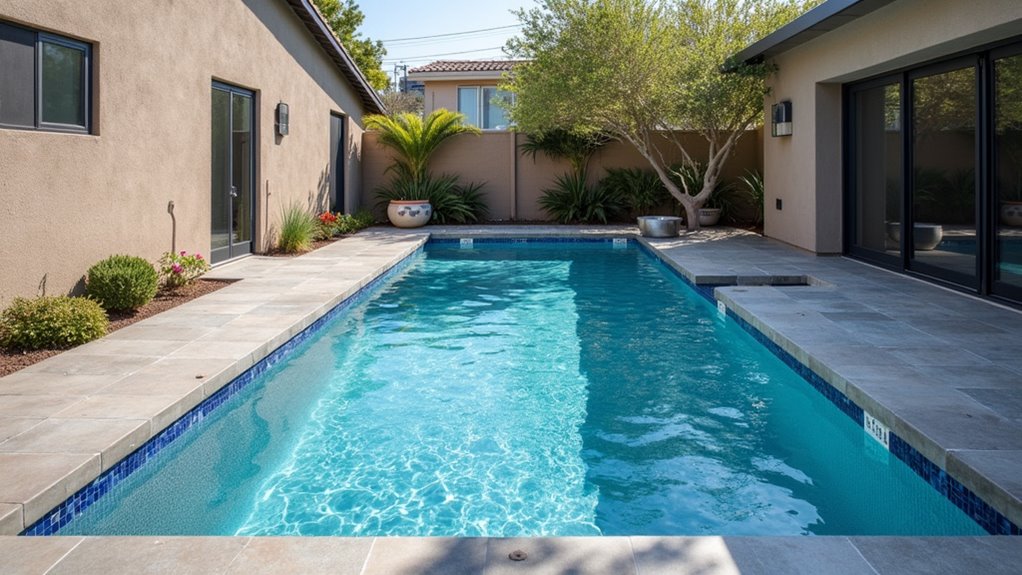
When space comes at a premium in urban and suburban yards, spools offer an ideal solution by maximizing aquatic enjoyment in minimal square footage. You’ll find that a typical spool requires only 100-300 square feet, compared to traditional pools that demand 600-1,000 square feet.
For compact living environments, spools excel at space optimization through their versatile design. You can install them in side yards, small backyards, or even on reinforced decks. Their modest footprint doesn’t compromise functionality – you’ll still enjoy swimming, exercising, and relaxing. Many homeowners strategically position spools near their homes, creating a seamless indoor-outdoor living space that improves property value while maintaining usable yard area for other activities like gardening or entertaining.
Cost Comparison: Spools vs. Traditional Pools and Spas
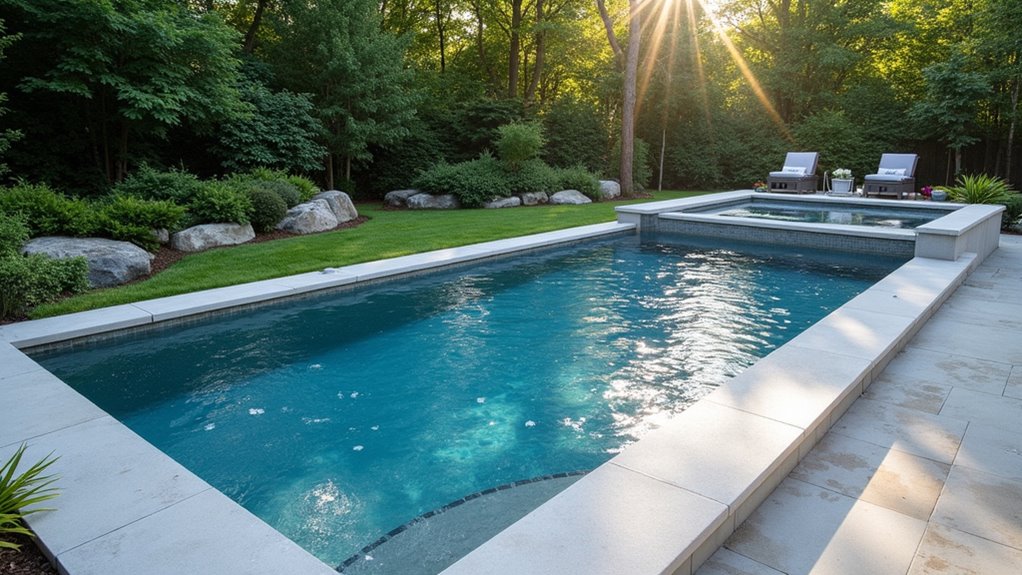
Because spools combine elements of both pools and spas, their installation costs typically range from $20,000 to $40,000 positioning them between traditional spas ($5,000-$15,000) and full-sized pools ($35,000-$100,000).
Spools offer a middle-ground solution, with installation costs averaging $20,000-$40,000 more than spas but less than full pools.
When conducting your budget analysis, you’ll find that spool pricing offers several financial advantages:
- Lower maintenance costs due to smaller water volume and simplified filtration systems, saving you 30-40% compared to traditional pools
- Reduced energy consumption for heating and circulation, resulting in lower monthly utility bills
- More affordable winter preparation and chemical treatment costs due to compact size
You’ll also benefit from lower insurance premiums and property tax impacts compared to full-sized pools. Consider these long-term savings when evaluating your investment in a spool versus traditional options.
Year-Round Benefits and Versatility
Beyond the financial advantages, spool-pool combinations offer remarkable versatility throughout all seasons. You’ll enjoy year-round relaxation with the ability to heat your spool quickly during winter months while using it as a invigorating pool during summer. The compact size means less energy consumption for temperature control, making it practical to maintain comfortable water conditions regardless of weather.
The versatile usage extends to exercise, therapy, and entertainment. You can adjust jet strength for resistance swimming or hydrotherapy sessions, then switch to gentle bubbles for social gatherings. Most spools feature adjustable depth settings, allowing you to create the perfect environment for water aerobics, rehabilitation exercises, or children’s swimming lessons. This adaptability means you’re not limited by seasonal constraints, maximizing your investment through consistent, multi-purpose use.
Design Options and Customization Features
Though spool-pools come in standard configurations, you’ll find extensive opportunities for customization to match your specific needs and aesthetic preferences. From the shell material to the interior finish, you can select from diverse color schemes that complement your outdoor space. Modern spools offer integrated water features that improve both aesthetics and functionality.
- Choose from cascading waterfalls, laminar jets, or bubble effects to create your desired ambiance and therapeutic benefits
- Customize your bench seating arrangement with different depths and jet placements for ideal comfort and hydrotherapy
- Select from varied finishes including pebble, plaster, or tile with options for LED lighting and automated controls
These design elements work together to create a personalized aquatic retreat that perfectly balances form and function in your backyard space.
Installation Requirements and Considerations
When planning a spool-pool installation, you’ll need to evaluate several critical requirements that affect both feasibility and cost. Your initial step is securing proper installation permits from local authorities, which may require detailed plans and compliance with specific zoning regulations.
Site preparation demands careful assessment of your property’s terrain, soil composition, and drainage patterns. You’ll need adequate space not just for the spool but also for equipment placement and maintenance access. Consider utilities like electrical and gas lines, which must be properly routed and installed by qualified professionals. The installation area must be level and structurally sound to support the spool’s weight when filled.
Additionally, check for underground obstacles, existing landscaping features, and overhead power lines that could interfere with construction or pose safety risks.
Maintenance and Operating Expenses
After completing your spool-pool installation, you’ll need to budget for ongoing expenses to keep your investment in ideal condition. The operating costs for a spool typically run lower than traditional pools due to the smaller water volume and more efficient heating systems.
- Regular maintenance tips include checking chemical levels twice weekly, cleaning the filter monthly, and inspecting equipment seals every quarter to prevent costly repairs.
- Operating costs average $30-50 monthly for chemicals, $15-25 for electricity during peak season, and approximately $40-60 for heating, depending on your climate and usage patterns.
- Consider investing in a quality pool cover to reduce heating costs, minimize water evaporation, and decrease the frequency of chemical treatments. This simple enhancement can save up to 30% on annual operating expenses.
Energy Efficiency and Environmental Impact
Because spool-pools combine the best features of both pools and spas, they’re inherently more energy-efficient than traditional swimming pools. Their compact size requires less water to fill and heat, resulting in reduced energy consumption for both heating and circulation systems.
You’ll find that spool-pools can be built using sustainable materials like recycled composites or eco-friendly concrete alternatives. Their smaller footprint means fewer chemicals are needed for maintenance, decreasing your environmental impact. You can further improve efficiency by installing solar heating systems, LED lighting, and variable-speed pumps that optimize power usage.
The reduced water volume also means less evaporation and lower water waste compared to full-sized pools. When equipped with a proper cover, your spool-pool will retain heat better and minimize chemical loss to the atmosphere.
Resale Value and Return on Investment
Beyond the eco-friendly benefits, installing a spool-pool can greatly improve your property’s market value. Studies show that well-designed water features typically offer a 70-85% return on investment when you’re ready to sell your home. The compact design and dual functionality of a spool make it particularly attractive to potential buyers in urban areas or properties with limited outdoor space.
- You’ll increase your resale potential by offering both pool and spa amenities without overwhelming the yard
- The modern, efficient design appeals to environmentally conscious buyers who don’t want traditional pool maintenance
- Your investment value increases when you include smart features like automated controls and energy-efficient heating systems
Consider working with a real estate professional to document your spool’s features and efficiency ratings for future property assessments.
Frequently Asked Questions
Can Children Safely Swim and Play in a Spool?
Yes, children can safely swim and play in a spool when proper safety measures are in place. You’ll need to monitor water depth, which typically ranges from 4-5 feet, making it manageable for most kids. Install safety features like non-slip surfaces, handrails, and pool covers. It’s crucial that you maintain constant supervision, enforce clear safety rules, and consider including depth markers. You might also want to install a fence with a self-closing gate for further child safety.
How Long Does It Typically Take to Install a Spool?
You’ll typically need to allow 2-4 weeks for complete spool installation timeline, though this can vary based on factors like permit approval, weather conditions, and site preparation. The process includes excavation (2-3 days), plumbing and electrical work (3-4 days), shell installation (1-2 days), and finishing work (3-5 days). Once installed, you’ll need to establish a regular spool maintenance schedule, including chemical balancing and cleaning, to guarantee proper functionality.
What Type of Permits Are Required for Spool Installation?
You’ll need several permits before installing a spool, including building, electrical, and plumbing permits. Local installation regulations typically require you to submit detailed plans showing property lines, setbacks, and utility locations. Many jurisdictions also mandate safety barrier permits and mechanical permits for equipment installation. Contact your local building department early in the planning process, as permit types vary by municipality and can take several weeks for approval.
Can Existing Pools Be Converted Into Spools?
Yes, you can convert your existing pool into a spool through a strategic conversion process. The transformation typically involves reducing the pool’s size, adding spa features, and implementing heating systems. You’ll need to work with a professional contractor to modify the existing structure, plumbing, and filtration systems to match your desired spool design. While it’s technically feasible, consider that some conversions might be as costly as new installations.
Are Spools Suitable for Water Exercise and Aquatic Therapy?
Yes, spools are excellent for water exercise and aquatic therapy. You’ll benefit from their compact size, which creates ideal resistance for water walking and stationary exercises. Many spools come with jets that provide extra water benefits for therapy and muscle recovery. You can perform a variety of exercise options like stretching, resistance training, and low-impact cardio. The controlled temperature also makes year-round workouts comfortable and therapeutic.
